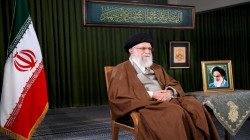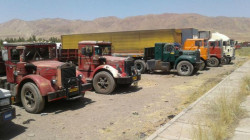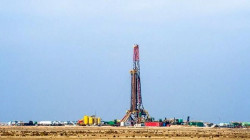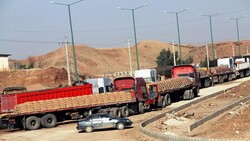How the Nixon Doctrine blew up the Persian Gulf, impacted Iraq
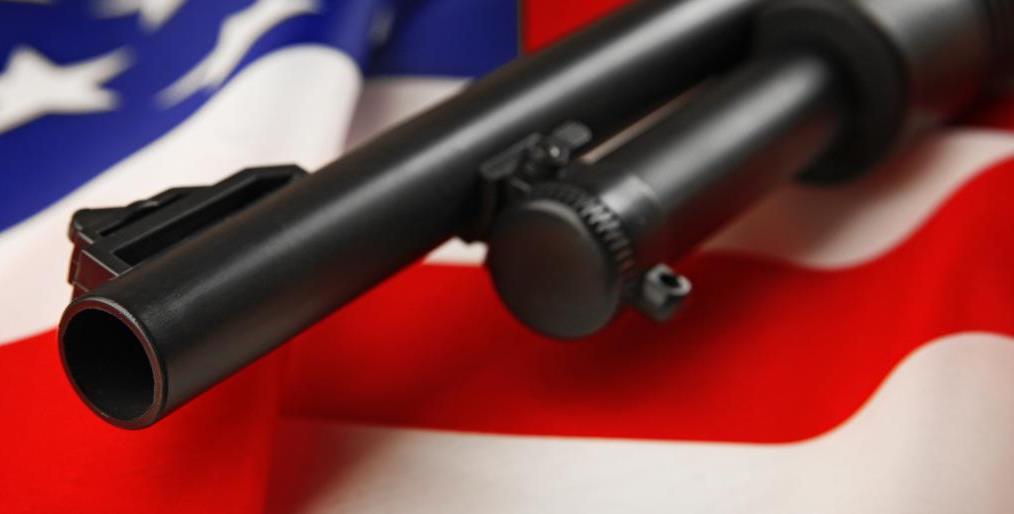
Shafaq News/ “Protect me,” President Richard Nixon implored the shah of Iran 50 years ago. In asking this, Nixon initiated a doctrine bearing his name in the Persian Gulf that, while often relegated as a relic of the 1970s, in fact continues to guide U.S. policy toward the region to this day, despite being a strategic and humanitarian disaster.
On May 31, 1972, Nixon and the shah privately met at the Saadabad Palace in Tehran. For the first time, Nixon agreed to sell F–14 and F–15 jet fighters and laser-guided bombs, some of the most advanced weapons in the U.S. arsenal, to Iran. In return, Nixon asked the shah that Iran use these weapons to protect U.S. interests in the Persian Gulf region.
With the ability of the United States to commit troops abroad constrained by the Vietnam War, Nixon pressed allies around the world to accept a greater share of the military defense burdens of the Cold War, a strategy dubbed the Nixon Doctrine. Nixon viewed Iran as the ideal partner in the Persian Gulf to counter growing Soviet influence in neighboring countries given the shah’s close ties with the United States and rising Iranian oil revenues.
The shah, who dreamed of establishing Iran as the unrivaled military power of the Persian Gulf, embraced the Nixon Doctrine, initiating a massive arms export race in the troubled region that continues to this day.
Earlier in the Cold War the United States had coordinated with the United Kingdom and France to limit the sale of weapons to states in the Persian Gulf, including Iran. Through the 1960s the U.S. government restricted the number of arms it would sell to Iran out of concern that the shah, if left unchecked, would spend too much on foreign weapons at the expense of developing Iran’s economy, endangering Iranians’ support for the monarch.
After his meeting with the shah in May, 1972, Nixon ordered the U.S. government to abandon its policy of arms sales restraint to Iran. From 1970 to 1974, U.S. arms and military services and construction sales agreements with Iran increased twenty-three-fold. Into the late 1970s the shah continued his expensive purchases, including scores of F–14s, four state-of-the-art missile destroyers, and seven high-tech AWACS surveillance surveillance aircraft.
Iran’s massive military buildup spurred an arms race in the Persian Gulf. Iraq, responding to Iran’s growing strength and its provision of weapons to Iraqi Kurdish rebels, increased its acquisition of arms from the Soviet Union. Saudi Arabia, reacting to Iraq’s growing armed forces, rapidly increased its purchases of U.S. weapons, including 60 F–15 jet fighters in 1978.
But in early 1979 the shah was overthrown in the Iranian Revolution, replaced by the fiercely anti-American Ayatollah Ruhollah Khomeini. Many Iranians revolted against the shah in large part due to their sense that he had spent lavishly on U.S. weapons (that were then turned against them) but failed to invest in programs that would improve the quality of life for most Iranians, a theme Khomeini regularly turned to in his revolutionary speeches. The Nixon Doctrine had helped to change Iran from an ally to an adversary of the United States.
Despite the shah’s fall, the United States doubled down on the Nixon Doctrine, hoping arms sales to Arab allies could contain Iran. Saudi royals likewise pressed hard for more U.S. weapons to defend themselves against the new anti-monarchical government in Iran that was armed to the teeth with U.S. weapons and promising to export Islamist revolutions abroad.
While the Iranian Revolution at the start of 1979 had shocked Riyadh and Washington, the Soviet invasion of Afghanistan at the end of that year triggered full on panic. In response, President Jimmy Carter declared that “an attempt by any outside force to gain control of the Persian Gulf region… will be repelled by any means necessary, including military force,” and ordered a buildup of U.S. forces in and around the Persian Gulf.
This Carter Doctrine has often been characterized as the end of the Nixon Doctrine in the Persian Gulf, as the Carter Doctrine emphasized the use of U.S. armed forces, rather than the militaries of local allies as per the Nixon Doctrine, to defend the region. In truth, however, the two doctrines worked in tandem, with a heavy initial reliance on the Nixon Doctrine. The deployment of U.S. forces in the Persian Gulf moved slowly in the first half of the 1980s. In contrast, from 1979 to 1984 over a quarter of the value of all U.S. arms and military services and construction sales agreements to other countries were made with Saudi Arabia.
In 1980 the eight year-long Iran-Iraq War began, further destabilizing the Persian Gulf. The enormous scale of the conflict’s violence was made possible by the arms buildups of the two countries driven by the Nixon Doctrine during the 1970s. Furthermore, in a twist on the Nixon Doctrine, Washington supported unprecedented arms sales from the Soviet Union and France to Iraq to check the power of Iran. Iran, meanwhile, obtained U.S. weapons on the black market. The war contributed to higher global oil prices, drew the U.S. military more deeply into the Persian Gulf, and killed roughly 750,000 people.
The U.S. military’s interventions in the 1991 Gulf War and 2003 invasion of Iraq, with their large deployments of U.S. combat troops, marked Washington’s furthest deviation from the Nixon Doctrine in the Persian Gulf. Yet both wars increased the relative regional power of Iran by degrading Iraq’s ability and willingness to counter Iranian power, and as the Iraq War dragged on for years, American support for large-scale deployments of U.S. troops to warzones largely dissipated. These factors led Washington to turn again to the Nixon Doctrine, with the United States selling unprecedented numbers of weapons to Saudi Arabia and the United Arab Emirates so they could independently counter Iran militarily. This included a record $60 billion arms sale package to Saudi Arabia in 2010.
Saudi Arabia and the United Arab Emirates used the flow of U.S. arms to launch their misguided invasion of Yemen, a country in which they aimed to preserve their influence at the expense of Iran. The Obama and Trump administrations assisted them with a massive resupply of weapons; from 2015 to 2019 Saudi Arabia received a quarter of all U.S. arms exports. The Biden administration has also offered advanced U.S. weapons, albeit with some new restrictions, to the Saudis and Emiratis.
Yet again, the Nixon Doctrine harmed U.S. interests and the people of the Middle East. The war in Yemen has killed an estimated quarter of a million people and pushed more than half of Yemen’s population into acute levels of food insecurity. The Saudi-led intervention has actually increased Iranian influence in Yemen and inflamed anti-American sentiment there due to the many Yemenis killed by U.S. munitions.
The sale of countless advanced weapons to Persian Gulf countries under the logic of the Nixon Doctrine has produced repeated humanitarian and strategic disasters. After 50 years, it is critical that the United States end its role in the arms races of the Persian Gulf and to instead recommit itself to negotiating multilateral agreements on reducing weapons sales and regional military buildups.
